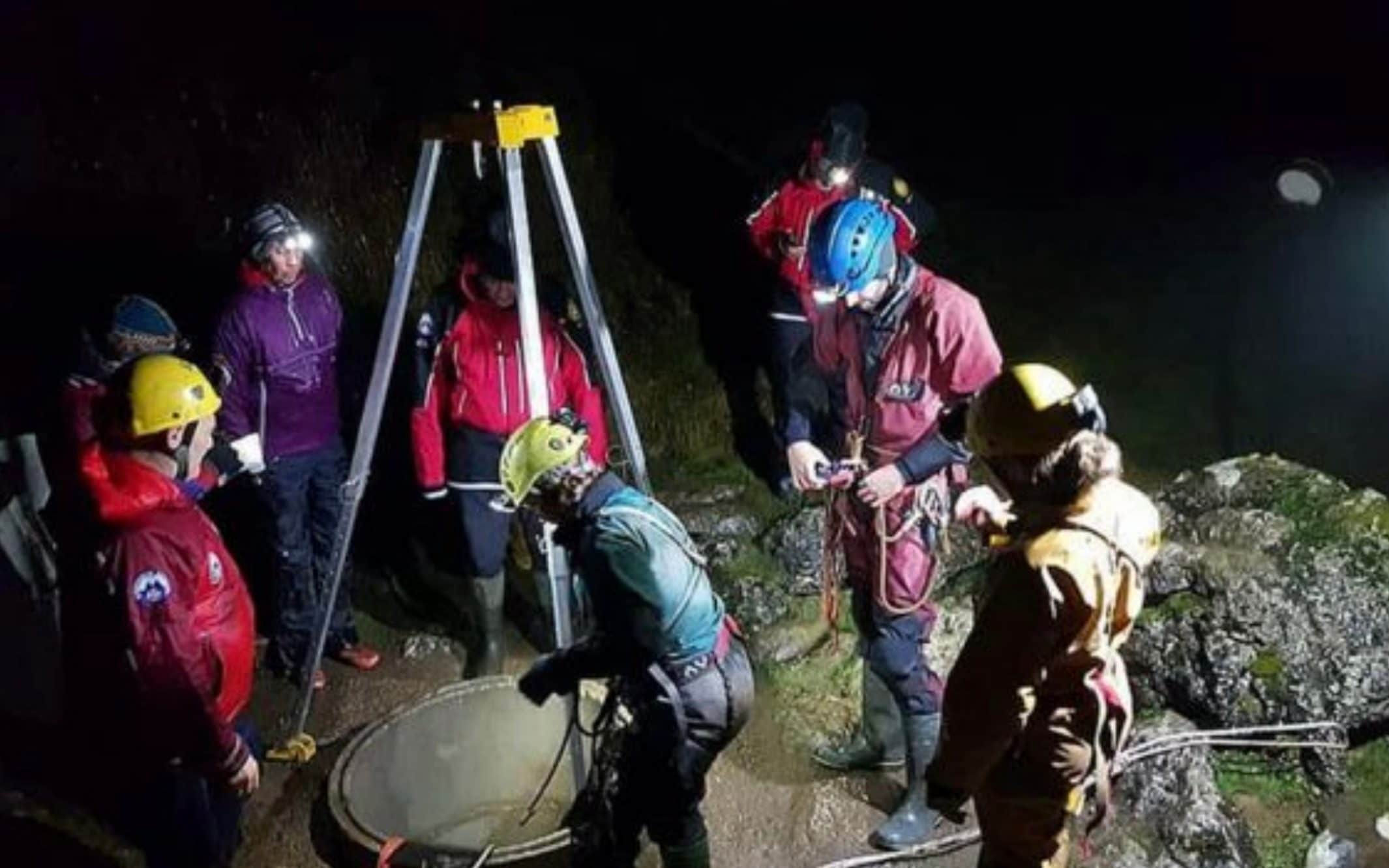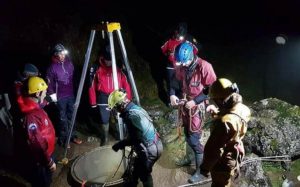pensioner who was cave diving in one of England’s largest underground networks has been found dead after a major search and rescue operation.
Emergency services were called to Lancaster Hole, in Cumbria, after a man in his 60s was reported as being late to resurface.
Specialist support was called in and more than 40 members of the Cave Rescue Organisation (CRO) and Cave Diving Group (CDG) were involved in a search of an extensive network of interconnecting underground limestone caves called the Three Counties System, which span Cumbria, Lancashire and the Yorkshire Dales.
The man’s body was found 60 metres into the passages and brought to the surface.
A spokesman from CRO said: “We searched from the point where the cave diver entered Lancaster Hole downstream passage (a long, submerged stretch of cave which in wet weather floods), other entrances and possible exits were also searched by team members and a cave diver, in case the diver had emerged from the system elsewhere.
Cave diving | Safety issues
The discipline’s five key principles were laid out in 1979’s Basic Cave Diving: A Blueprint for Survival, by cave diving pioneer Sheck Exley.Training: Cave diving is taught in steady stages, to build up experience before a full dive. Practitioners must develop the confidence and skills to overcome a reflex to panic in an underwater emergency.
Guidelines: A taut line is maintained between the lead diver and the entrance to the cave system. Other divers, between the leader and the entrance, may use this to find the exit in the event of a silt out that muddies the water. Lack of a guide rope is seen as the leading cause of cave diving fatalities.
Depth: The demands of travelling through such enclosed spaces mean that cave divers must be particularly wary of the effects of going too deep, such as nitrogen narcosis.
Air: UK divers apply a rough “rule of thirds” to their air supply. One third for the journey in, one third for egress and one third reserved to help an endangered team member. Divers try to deplete all of their gas containers at roughly the same rate, in order that losing any single one will not leave them without sufficient breathable air.
Lights: All divers must carry three lights, each with a battery life exceeding the predicted length of the dive; two of these may be low-powered backups. This is considered such a necessity that a dive may be called off if a team member loses even one of their backup lights.
“Unfortunately, while conducting his underwater search the rescue diver discovered the missing diver, approximately 60 metres into the sump (a passage in a cave that is submerged underwater).
“The casualty was immediately brought back to the sump pool chamber and removed from the water, where it was apparent that he was deceased.
“All team members were then instrumental in conducting a lengthy and difficult extraction back to the surface of the fell.”
A spokesperson for Cumbria Constabulary said: “The man in his 60s, who is believed to be from the Lancashire area, was visiting Casterton Fell on a cave diving trip.
“The next of kin has been informed and the death is not believed to be suspicious.”








